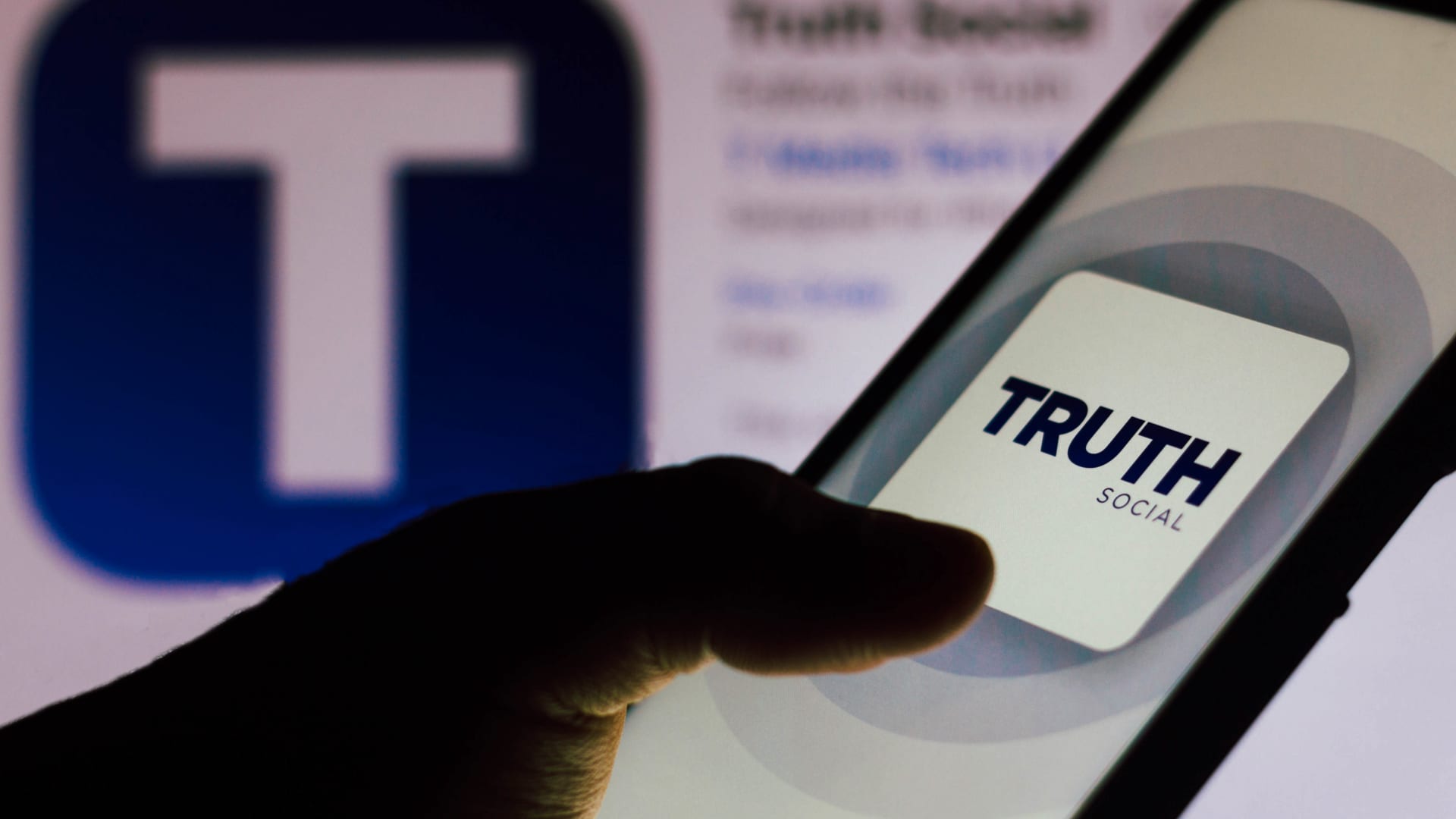Technology
Thursday, November 9th, 2023 5:39 pm EDT
Key Points
- Arm’s Dominance and Growth: Over the past three decades, Arm has become the dominant company in chip architecture, powering nearly every smartphone and gaining significant market share in various sectors, including laptops, servers, and AI. Its recent IPO valued the company at over $54 billion, and it continues to grow, with a 28% increase in revenue during the last quarter.
- Competition and Challenges: Arm faces competition from open-source architecture like RISC-V and the dominant x86 architecture developed by Intel. Despite its success, Arm has risks, including a significant revenue dependency on China, a slump in smartphone sales, and challenges with regulatory approval, such as the failed Nvidia acquisition.
- Expanding into New Markets: Arm is expanding into various markets, including laptops (Apple’s Mac computers), servers (Amazon Web Services), and automotive (self-driving technologies). It’s becoming a go-to choice for companies like Apple, Amazon, Google, and Microsoft designing their custom silicon. Additionally, Arm plays a significant role in the development of AI-related technologies and is focused on providing standard platforms for software developers in these emerging fields.
The article discusses Arm, a leading chip architecture company that has dominated the market for the past three decades. Arm’s chip designs power most smartphones, including Apple’s custom processors for iPhones and MacBooks. Additionally, companies like Nvidia and AMD are reportedly developing Arm-based PC chips, further expanding Arm’s influence.
Arm had a successful IPO in September, valuing the company at over $54 billion. The company’s chip architecture licenses and royalties are used by major tech players such as Apple, Nvidia, Google, Microsoft, Amazon, Samsung, Intel, and Taiwan Semiconductor Manufacturing Company. Arm’s designs are known for their energy efficiency, making them popular choices for various devices.
Despite its successes, Arm has faced challenges, including a significant portion of its revenue coming from China, where geopolitical tensions and declining smartphone sales are impacting the company. Furthermore, Arm’s proposed acquisition by Nvidia for $40 billion was blocked by regulators and some of Arm’s largest customers.
The article explores Arm’s history, from its founding in 1990 as a joint venture between Apple, Acorn Computers, and VLSI, to its growth into a global company with over 6,500 employees. Arm is actively diversifying into emerging markets, including AI, and holds numerous patents related to its Neoverse line for high-performance and cloud computing.
Competition comes from the open-source architecture RISC-V and the dominant x86 architecture developed by Intel. Arm is making inroads into new markets, including servers and laptops, thanks to partnerships with companies like Apple and Qualcomm. The article notes that Arm’s success with Apple’s transition to Arm-based processors for Mac computers has raised questions about the future of the x86 architecture.
Arm’s presence in the automotive industry is also growing, particularly with the rise of self-driving capabilities. Arm provides a standard platform for software developers in this space, simplifying the design of self-driving components.
The article addresses concerns about the global chip shortage and export controls, with China being a significant market for Arm. Despite challenges in the industry, Arm remains optimistic about its future, with plans to continue expanding in various markets and collaborating with major tech companies.
For the full original article on CNBC, please click here: https://www.cnbc.com/2023/11/09/how-arm-gained-chip-dominance-with-apple-nvidia-amazon-and-qualcomm.html




